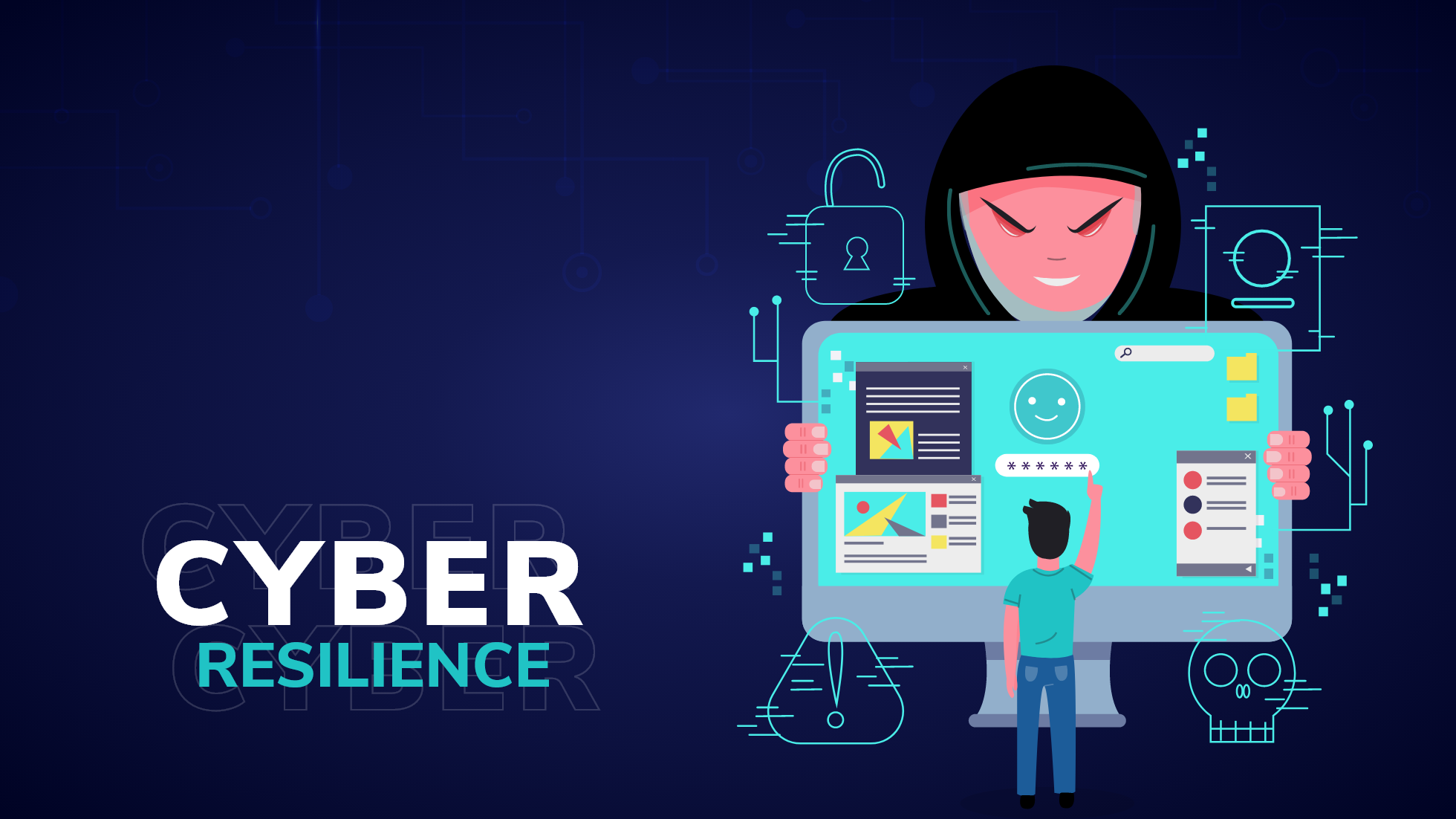Embracing Cyber Resilience: Strategies for Enhancing Your Cybersecurity Posture
In today’s digital age, where cyber threats are ever-evolving and data breaches can have devastating impacts, it’s not enough for organizations to merely protect against potential attacks. True security lies in resilience—the ability not just to prevent cyber incidents but to withstand them when they occur and recover swiftly and effectively. Cyber resilience is about ensuring business continuity in the face of cyber threats, minimizing the impact on operations, reputation, and revenue. This article explores the foundational elements of a resilient cybersecurity strategy, offering guidance on how organizations can enhance their cybersecurity posture to support long-term business resilience.
Cyber resilience encompasses a broader scope than traditional cybersecurity, integrating proactive defense measures with the capacity to absorb shocks and maintain critical functions during and after a cyber incident. It’s a holistic approach that combines technology, processes, and people, focusing on recovery and continuity as much as prevention.
The first step toward cyber resilience is understanding your organization’s specific risk landscape. This involves identifying critical assets, potential threats, and vulnerabilities that could be exploited in an attack. A comprehensive risk assessment informs the development of a tailored cybersecurity strategy that addresses your organization’s unique needs.
Implement a multi-layered defense strategy, often referred to as “defense in depth.” This approach uses a series of defensive mechanisms to protect information. If one mechanism fails, another steps in to thwart an attack. Components include firewalls, intrusion detection systems, encryption, access controls, and endpoint security.
An effective incident response plan outlines procedures for detecting, responding to, and recovering from cyber incidents. It should include clear roles and responsibilities, communication plans, and steps for containment, eradication, and recovery. Regularly testing and updating this plan is crucial for ensuring it remains effective in the face of new threats.
Cyber resilience is intrinsically linked to business continuity. Your organization must have plans in place to maintain essential functions during and after a cyber incident. This includes identifying critical systems and processes and establishing redundancies, such as backup data centers or cloud services, to ensure they can continue operating under adverse conditions.
Humans are often the weakest link in cybersecurity. Regular training and awareness programs can empower employees to recognize and respond appropriately to cyber threats, such as phishing attacks. Cultivating a culture of cybersecurity mindfulness across the organization is a key pillar of resilience.
Advancements in technology can significantly bolster your cybersecurity defenses. Solutions powered by artificial intelligence (AI) and machine learning can detect and respond to threats in real time, while blockchain technology can offer secure and transparent ways to manage digital transactions.
The cyber threat landscape is constantly evolving, and so must your cybersecurity strategy. Continuous monitoring, regular assessments, and embracing innovative technologies and practices are essential for adapting to new threats and vulnerabilities.
Embracing cyber resilience means acknowledging that cyber incidents are a matter of “when,” not “if.” By implementing a comprehensive strategy that includes preparation, prevention, response, and recovery, organizations can enhance their cybersecurity posture and ensure long-term business resilience. Cyber resilience is not a one-time achievement but a continuous process of learning, adapting, and improving. With the right approach, organizations can navigate the complexities of the digital world with confidence, safeguarding their future against the unpredictable nature of cyber threats.
